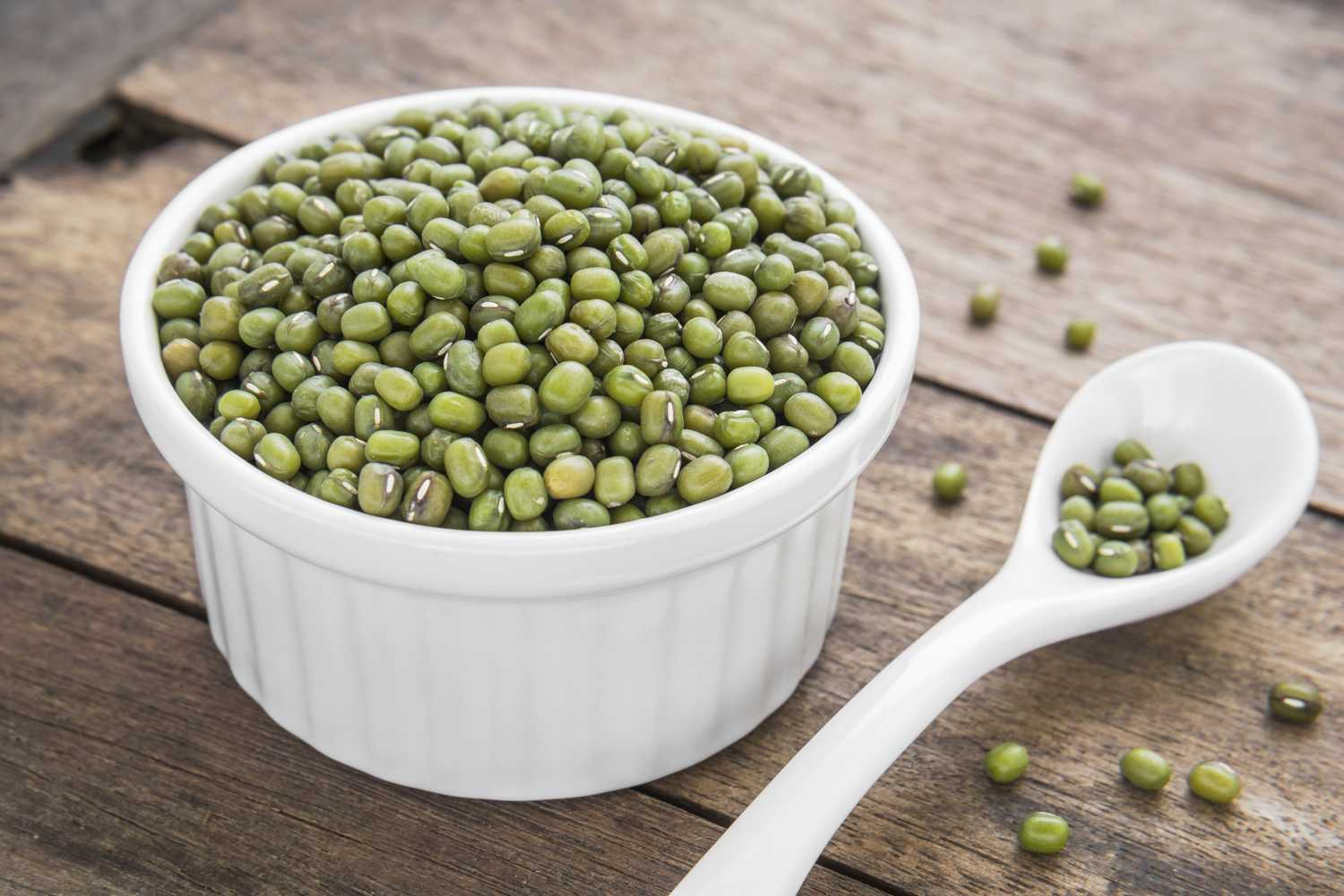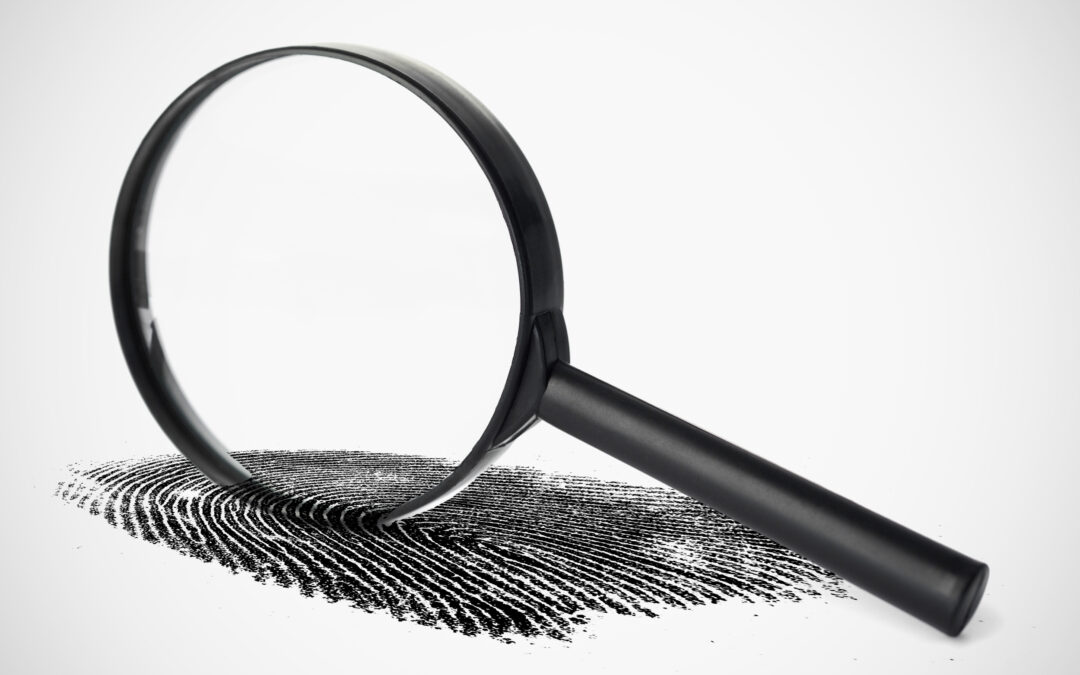One of the concepts within Chinese Medicine that is just beginning to be understood within the context of Western Medicine is the idea of a Latent Pathogenic Factor (LPF). Just as the name sounds, an LPF is a pathogen (such as a bacteria, virus, fungus, or parasite) that has entered the body without an appropriate immune response, only to sink deeper into the body and result in symptoms months or years later.
Do you know anyone who never gets a cold or doesn’t develop a fever when they do get a cold? This is a sign of a weak immune system and increased susceptibility to contracting a latent pathogen. Do you have a child who has never been “quite the same” after receiving immunizations or contracting a viral or bacterial infection, or who still has lingering symptoms from an illness that occurred months ago? This phenomenon is not uncommon, and it is recognized in Chinese Medicine as resulting from a latent pathogenic factor.
Tick-borne illnesses such as Rocky Mountain Spotted Fever and Lyme disease, insect-borne diseases such as malaria and yellow fever, strep-induced PANDAS and other neurological conditions, viruses that cause such as hepatitis and HIV — and now Long Haul or MIS-C from COVID19/SARS-CoV-2, and food-borne parasites such as tapeworms and roundworms are a few of the LPFs that occur within the context of Western Medicine. These illnesses are all bacterial, viral, or parasitic in origin, and the disease vector may not cause immediate symptoms once contracted. If an individual is lucky enough to exhibit a high fever during the early stages of the disease, the pathogen may be eliminated by the body’s own immune response or by a medication such an an antibiotic (for tick fever), anti-viral (as a prophylactic if exposure to HIV is suspected, or Chinese antiviral herbs for SARS-CoV-2), or anthelmintic (to expel worms). Many individuals will either have no initial response to the pathogen, a mild response to the pathogen, or the early treatment intervention will be unsuccessful in eradicating the pathogen completely. There is little that Western Medicine can do once the pathogen has entered the chronic stage.
In Chinese Medicine, conditions such as arthritis, fibromyalgia, chronic fatigue, ulcerative colitis, eczema, asthma, allergies, post-nasal drip, chronic sinus problems, and even behavioral problems, neurological problems and cognitive difficulties may sometimes be caused by LPFs. The patient’s health history, onset of symptoms, and constitutional factors such as the robustness of the patient may all be used to help an acupuncturist determine whether a patient’s symptoms are caused by a LPF.
Another trait that conditions caused by latent pathogens have in common is that the symptoms are often vague, they come and go, and the patient may recall that the symptoms began after a period of chronic stress and overwork. This is why a Chinese Medicine practitioner will want to know if the patient has recently gone through a divorce, lost a loved one, lost a job or changed careers, or moved. These can be the most stressful events in a person’s life, and a lack of resilience to these stressors can make one susceptible to pathogenic attack.
Chinese herbal medicine, used in conjunction with acupuncture, is extremely effective at expelling many latent pathogens. Treatment may take several months, depending on how long the LPF has been present in the body. And as is the case with so many health conditions, proper nutrition can assist recovery. The focus of the treatment usually consists of expelling pathogenic “heat,” as well as bolstering the body’s energy reserves.
Here’s a simple recipe for detoxifying the body (without depleting it) to assist in getting rid of a latent pathogen. However, if you suspect that you have a LPF, you should definitely visit a practitioner for guidance.

Mung Bean Detoxifying Hummus
- 2 cups of cooked mung beans (Soak and cook them like you would cook lentils.)
- 1 clove garlic
- 2 tbsp lemon juice
- 2 tbsp extra virgin olive oil
- sea salt
- cracked black pepper
- smoked paprika
- parsley or cilantro as garnish
Blend all ingredients in a food processor. This works well as a veggie dip or as a spread on top of flaxseed chips or toasted coconut flour bread. Chinese Medicine considers mung beans to be a detoxifying food ideal for treating “summerheat” and some cases of LPF.
Let me also share an illuminative case study of a patient that illustrates the concept of LPF and the healing that can occur when the LPF is resolved:
10yo boy patient came to the clinic suffering from the sequela of a grand mal seizure. Though he had not had any seizures for 2 weeks prior to coming to see me, his last EEG reading a few days prior to coming to see me indicated frontal lobe seizure activity in the brain. He was put on a the lowest dose of depakote (valproic acid). Doing a complete intake at our first visit also revealedthat though the latest incident of seizures were traumatic for the boy and the family, he had a history of other inflammatory, behavioral, and neurological conditions that had frequently sent him to the emergency room when he was an infant. A few of the diagnoses he received during his yet young life are pneumonia, RSV, asthma, allergies, and autism, and now, epilepsy. Along with allopathic medical care now for the seizure, the boy has been under the care of an osteopath for several years, and now myself.
The first thing we acupuncturists do when a patient walks in is observe them – their gait, their affect, their mannerisms, their facial features and skin tone, presence of any scars or skin discolorations, their musculature and body type, their body language, the strength and pitch of their voice, and even any smell that may be emanating from the patient.
These characteristics assist the clinician in understanding the constitution of the patient, as well as the unique way in which the individual expresses an imbalance or disease in the body. (For instance, two individuals may contract the same cold virus during the Winter season. One patient could manifest the virus as a high fever, sore throat, thirst for cold liquids, and constipation. The other patient could present with a low-grade fever, chills, stuffy sinuses, and a preference to sip hot ginger tea.) This is caused by genetic, epigenetic, and environmental differences between individuals.
The boy came in with his mother, complaining of headaches. He walked with a slow, lethargic gait and appeared to be fatigued. He had a sallow complexion, indicating deep fatigue unusual for, up until the seizure incident, a very physically active boy. After listening to his current history and full medical history, I then proceeded to check his pulse and tongue. The tongue and pulse both give us acupuncturists a clear picture of the state of the internal organs. The boy’s pulse was extremely irregular, a sign of extreme heart duress. His tongue also had what we call a pale, lavender color, indicating nutrient deficiencies, anemia, and lack of qi (vital force), as well as stagnation of blood and qi in his body. Because I also practice Japanese style acupuncture, palpation (i.e. examination by prodding, touching and massaging) of the abdomen also provides another important clue to the state of the internal organs, and in particular, the digestive system. Palpating his stomach showed slight tightness around the top of the navel and to the right of the navel and an “emptiness” right below the navel, indicating imbalances in the stomach, liver and kidney energies. Lastly, I also palpated around the nape of his neck and around his ears. At the base of the neck, I felt hard nodules. This is indicative of a Latent Pathogenic Factor.
With a full picture, I diagnosed him with what we call Liver, Spleen, Kidney imbalance with Phlegm, Wind and Heat and Latent Pathogenic Factor, which basically paints the picture of a boy whose regulatory mechanism of the body has been compromised, and along with nutritional deficiencies due to a weakened digestive system and latent pathogenic factor, lead to the seizures. The underlying weaknesses from birth and the multiple infections, fevers, and vaccines had created a toxin overload and latent pathogenic factor in the boy’s system, leading to a festering of what we call heat and phlegm inside his body, and ultimately causing the seizure, as the heat and phlegm inside quickened the depletion of his body fluids, including blood, and led to the creation of internal wind to rise to the surface and create a seizure. Think of this scenario in the following manner. The blood vessels are like tunnels, and when there isn’t sufficient blood, it creates a hollow tube, where, like in a subway, the wind can come gushing through the tunnel along with the train. If you’ve sat in a subway before, you know how powerful this wind is. The seizure then, is this powerful wind rising to the brain, creating the shaking, shivering, frozen symptoms we see in seizures.
My first concern was to normalize his pulse. If the pulse can return to a regular rhythm, all other systems can follow suit. I began with my Iyashi Touch protocol of acu-massaging his arms, legs, back and abdomen. I also used moxa on specific points on his hand and arm, foot, top of his spine, all along the spine and to the sides of the spine, and his legs. Given it was my first treatment with him, I didn’t want to do too much, so I chose to end with a massage technique called Spinal Pinch, which is another form of stimulating the spine along with the moxa I used on him. After I finished this protocol, I checked his pulses, and they had returned to a normal rhythm.
I recommended a treatment plan of Iyashi Touch Protocol twice weekly, followed by reassessment after one month. His mother remained committed to bringing the boy to my office for the recommended course of treatment.
After the first Iyashi Touch Protocol treatment, the boy’s pulses never went back to being an irregular rhythm. His headaches also permanently resolved. His pulses became more vigorous as the treatments continued, and his face developed a healthy color. On each visit, I did the Iyashi Touch protocol, moxa, spinal pinch, and added cupping when necessary. On visit #4, the mother reported that she noticed a significant improvement in the child’s moods. He “evened out” and had no extremes in his emotions, which had been the last remnants of his autistic behaviors: volatility, anger issues, and the need for rigid routines to maintain a sense of control in his life. When he angered now, he was able to decompress much more rapidly than before. His tight shoulders, which he complained of in visit #2, no longer bothered him. Visit #6, he finally started taking the herbs I prescribed him.
At visit #8, almost a month to his first visit, I sensed a breakthrough in the child. His pulses had remained stable and had become relatively stronger now, and on this day, working on his body, I could tell there had been an energetic shift, a lightness and flow to his energy I had not felt before. I palpated the nodules by the base of his neck, and they were no longer there as well. The Latent Pathogenic Factor had been released! The usually tender sensation he felt on his upper back with my spinal pinch massage also no longer existed. I didn’t have to prep his spine in order to do the particular massage. Inflammation present in his chest/back cavity gone! I could get through my treatment with such ease and speed. I knew we had passed a major healing milestone in his body, making him stronger and prevent possible escalation and complication of conditions up until now. I communicated this to his mother, and she told me he had now been a completely mellow and “easy go lucky” kind of boy for a few weeks, which had been unheard of prior to my treatments.

